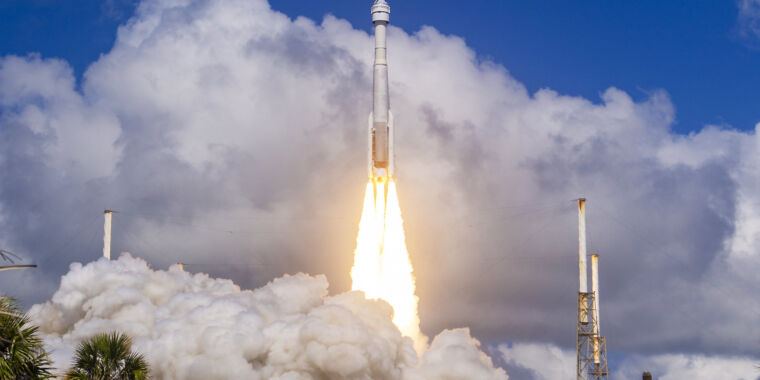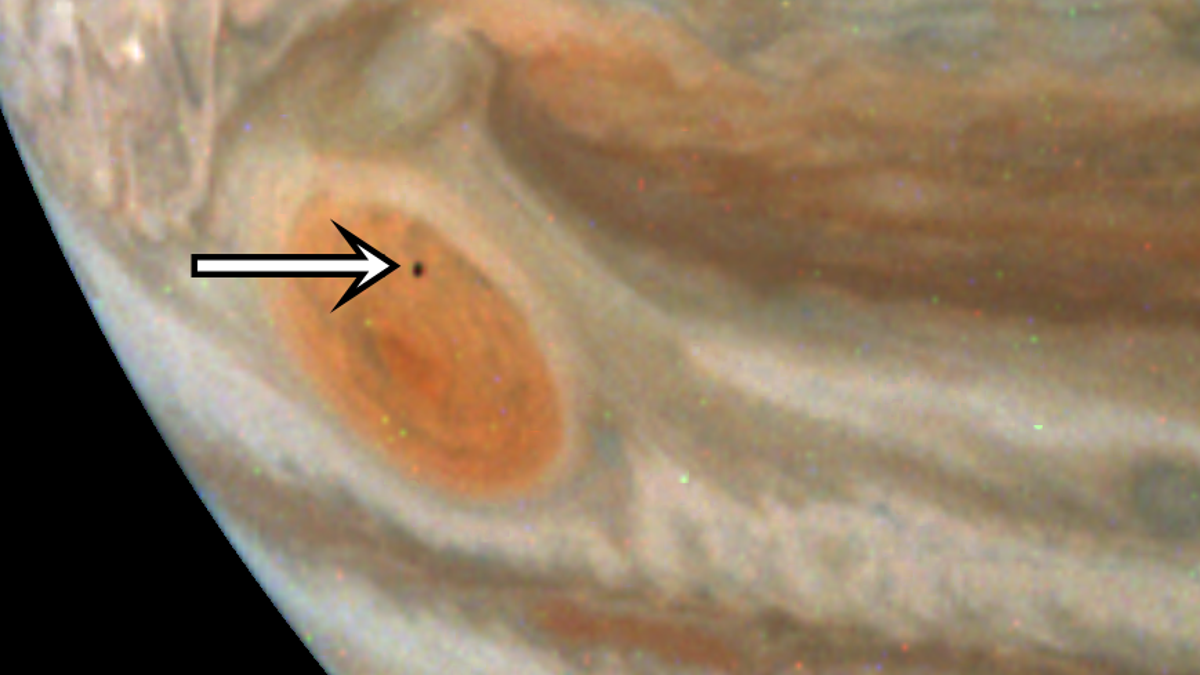Boeing’s Starliner Spacecraft Successfully Launches After Years of Delays
After numerous delays, Boeing’s Starliner spacecraft has finally launched from Florida, carrying two NASA astronauts on a long-awaited mission to the International Space Station. The Starliner capsule was lifted into orbit at 10:52 am EDT on top of a United Launch Alliance Atlas V rocket. The astronauts, Butch Wilmore and Suni Williams, are set to spend at least a week aboard the ISS before returning to Earth.
A Major Milestone for NASA and Boeing
NASA Administrator Bill Nelson expressed excitement about the mission, highlighting the importance of thoroughly testing the spacecraft. Boeing’s Starliner aims to eventually conduct operational crew rotation missions to the ISS, marking a significant achievement for both NASA and the aerospace industry.
Boeing’s contract with NASA to develop the Starliner spacecraft was awarded in 2014, with initial crewed flights planned for 2017. However, technical issues, including a fuel leak and valve corrosion, led to multiple delays. The recent successful test flight is a crucial step towards regular crewed missions.
Challenges Faced During Development
Boeing faced several setbacks during the Starliner’s development, including last-minute issues with flammable materials and parachute system components. These challenges resulted in significant delays and added costs for the company. Despite these obstacles, Boeing remains committed to ensuring the spacecraft’s safety and functionality.
Meanwhile, SpaceX’s Crew Dragon spacecraft has successfully carried out multiple crew missions for NASA, underscoring the progress made in commercial space travel. The competition between Boeing and SpaceX has driven innovation and efficiency in the industry.
Technical Hurdles on the Current Mission
Shortly after the Starliner’s launch, engineers detected helium leaks in the spacecraft’s propulsion system. While these leaks are being closely monitored, mission controllers are confident in the team’s ability to address the issue. The astronauts on board are well-prepared to handle any challenges that may arise during the mission.
Despite the unexpected technical issues, both NASA and Boeing remain optimistic about the success of the Starliner program. The ongoing collaboration between the two organizations is crucial for advancing crewed space exploration and ensuring the safety of future missions.
Image/Photo credit: source url





